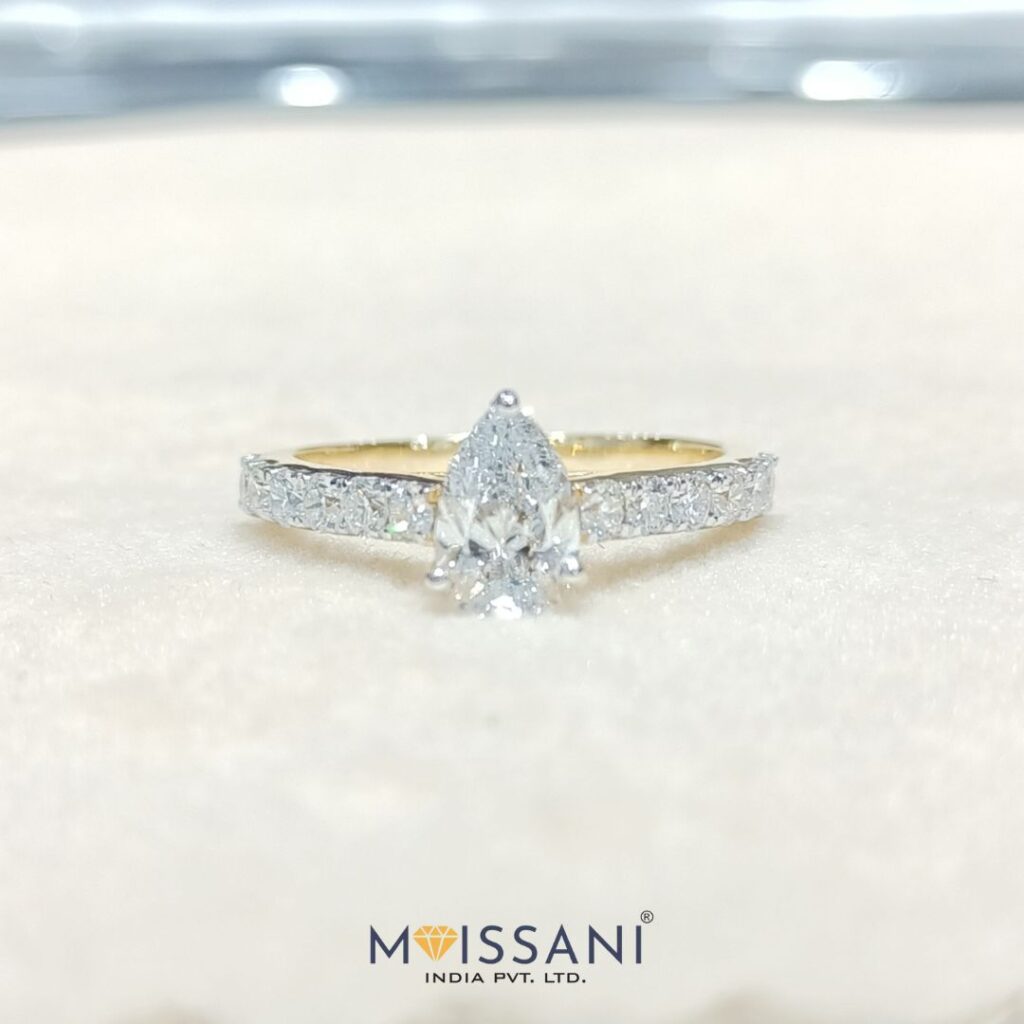“The Truth about Lab-Grown Diamonds: Sparkling Hope or Long-Lasting”

In the world of jewelry, the debate surrounding lab-grown diamonds versus natural diamonds has become increasingly heated. As technology advances and eco-consciousness rises, the demand for lab-grown diamonds has soared. However, amidst this growing trend, there are concerns regarding the implications of this shift, leading many to question the long-term impact on the diamond industry. This article aims to shed light on the nuances of lab-grown diamonds and the implications they have on the age-old fascination with natural diamonds.
The Rise of Lab-Grown Diamonds
Lab-grown diamonds, also known as synthetic diamonds, are created through advanced technological processes that replicate the natural diamond-growing environment. These man-made gems boast the same chemical and optical properties as their natural counterparts, making them indistinguishable from the untrained eye. Moreover, the controlled production process enables manufacturers to produce diamonds with reduced environmental impact, tapping into the growing consumer demand for sustainable and ethically sourced products.
The Ethical Dilemma
Despite the allure of lab-grown diamonds, concerns persist regarding the potential consequences for communities reliant on traditional diamond mining. The livelihoods of countless individuals in diamond-rich regions could be jeopardized by the shift towards lab-grown diamonds, leading to increased unemployment and economic instability. Furthermore, the cultural significance attached to natural diamonds, especially in traditional ceremonies and customs, could be at risk of erosion.
Environmental Impact and Sustainability
One of the key selling points of lab-grown diamonds is their minimal environmental footprint compared to traditional mining practices. By circumventing the need for extensive mining operations, lab-grown diamonds contribute to reducing carbon emissions and preventing the destruction of natural ecosystems. This eco-friendly aspect has positioned lab-grown diamonds as a promising alternative for environmentally conscious consumers, thereby fostering a more sustainable approach to luxury and fashion.
Challenges in Perceived Value and Market Stability
While lab-grown diamonds offer an ethical and environmentally friendly alternative, questions arise regarding their long-term value and impact on the diamond market. The perception of authenticity and rarity associated with natural diamonds has historically been a cornerstone of their enduring appeal. With lab-grown diamonds challenging this perception, concerns have emerged regarding the stability of the diamond market and the potential depreciation of natural diamond values over time.
The Future Landscape
As the debate over lab-grown versus natural diamonds intensifies, the future of the diamond industry remains uncertain. While lab-grown diamonds present a viable solution to ethical and environmental concerns, their emergence has catalyzed a seismic shift in consumer preferences and industry dynamics. Navigating this evolving landscape requires a delicate balance between technological advancement, ethical considerations, and the preservation of cultural heritage. Only time will tell how this dichotomy will shape the trajectory of the diamond industry and its enduring allure.





